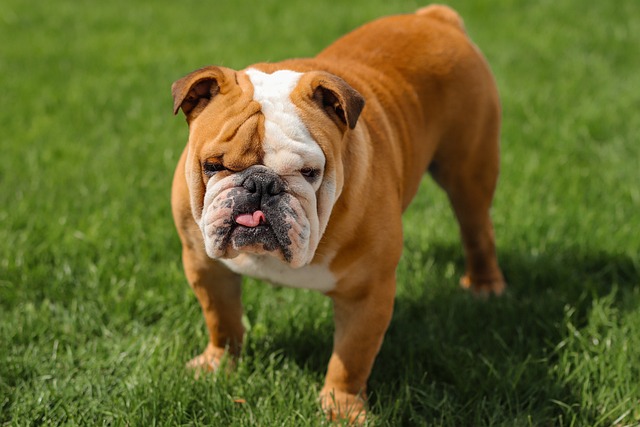
What is glaucoma in a dog?
You might notice your dog squinting more at mealtime or avoiding bright sunlight—these small changes could be early signs of a serious eye condition.
A dog’s constant head shaking or scratching at their ears isn’t just annoying—it could signal a yeast infection, common in breeds with floppy ears like Cocker Spaniels or Basset Hounds. Start by checking for telltale signs: red, swollen ear canals, a sweet or musty odor, and thick, brown or yellow discharge. If you spot these, don’t wait to act—untreated infections can lead to pain or even hearing loss. Also, note that some areas require pet owners to seek licensed veterinary care for persistent health issues, so keep that in mind before trying at-home fixes.
First, visit a vet to confirm it’s a yeast infection (it could be bacteria or mites instead). Vets often prescribe antifungal ear drops or oral meds, and they’ll show you how to clean the ears safely. Avoid using cotton swabs deep inside the ear canal—you could push debris further or damage the eardrum. Instead, use a vet-recommended ear cleaner: tilt your dog’s head, squirt in the solution, and gently massage the base of the ear for 30 seconds. Let your dog shake it out, then wipe the outer ear with a soft cloth.
 Prevent future infections by keeping your dog’s ears dry—moisture is yeast’s best friend. After baths or swims, dry their ears thoroughly with a clean towel or a vet-approved drying agent. If your dog loves playing in the rain or rolling in damp grass, check their ears afterward. Also, avoid over-cleaning; once a week is enough for most dogs, unless your vet advises more. Remember, some grooming salons need certification to handle ear care in certain regions, so choose providers who meet local standards.
Prevent future infections by keeping your dog’s ears dry—moisture is yeast’s best friend. After baths or swims, dry their ears thoroughly with a clean towel or a vet-approved drying agent. If your dog loves playing in the rain or rolling in damp grass, check their ears afterward. Also, avoid over-cleaning; once a week is enough for most dogs, unless your vet advises more. Remember, some grooming salons need certification to handle ear care in certain regions, so choose providers who meet local standards.
Watch for triggers that worsen yeast growth, like food allergies (common culprits include wheat, corn, or soy) or underlying health issues like hypothyroidism. Your vet might suggest a diet change or allergy testing to address the root cause. During treatment, keep your dog from scratching their ears—use an Elizabethan collar if needed, as excessive scratching can break the skin and cause secondary infections. And always follow medication instructions exactly; stopping early can make the infection come back stronger.
Once the infection clears, stick to your prevention routine to keep it gone. Regular vet checkups (many areas require annual wellness visits for licensed pets) will help catch small issues before they become big problems. Your dog will thank you for the relief from itching, and you’ll have peace of mind knowing you’re keeping them healthy and following local pet care laws. With a little attention, ear yeast infections don’t have to be a recurring hassle.

You might notice your dog squinting more at mealtime or avoiding bright sunlight—these small changes could be early signs of a serious eye condition.

Let’s set the scene: It’s a sweltering Phoenix afternoon—105°F outside—and you rushed your 2-year-old Lab mix, Cooper, on a quick walk to “get it over with.”

Let’s get real: You’re in your Miami apartment, watching your 3-year-old Corgi, Loki, struggle to climb the stairs to your second-floor unit.

Many dog owners brush off occasional scratching as just “dog behavior,” but persistent itching often signals something more—like a food allergy.

You might first notice your dog scratching more than usual—chewing at their paws until the fur looks thin, or rubbing their face against the couch nonstop.

Let’s be real: You’re standing in your Chicago apartment, watching your 3-year-old Beagle, Max, huff and puff just to climb onto the couch.